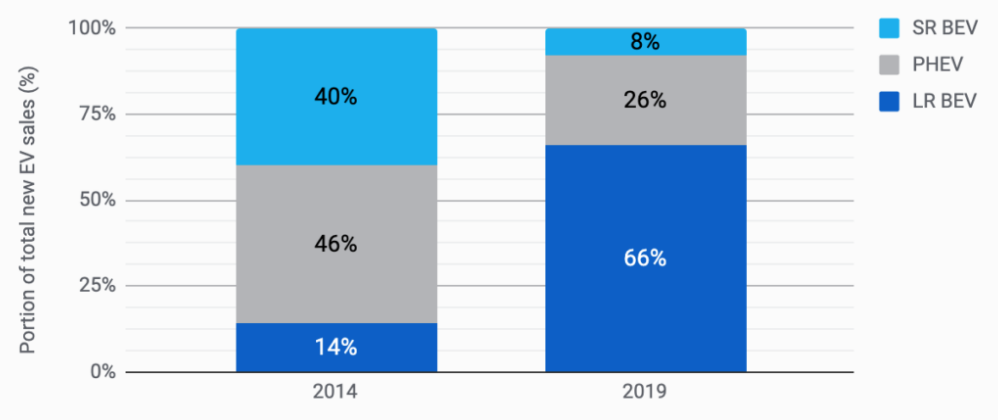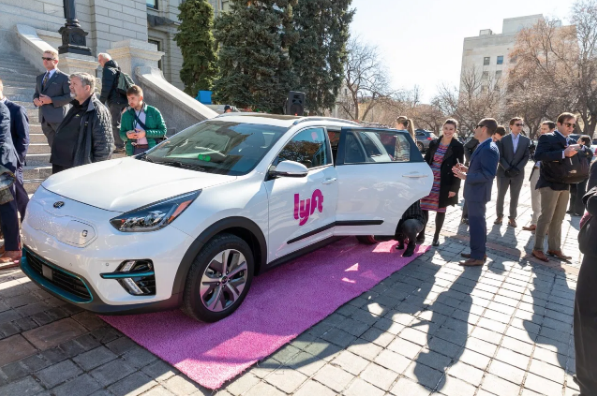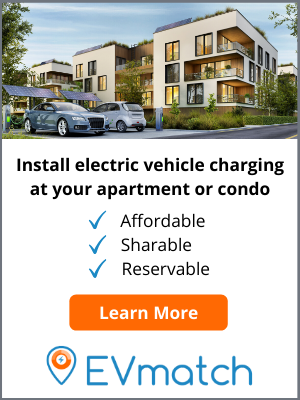Blog
Why Long-Range Electric Vehicles Are So Important To Ride-Hailing Companies Like Lyft And Uber
June 19, 2020
Post Author

I received an email this week from Tesla with great news: they released a Model S with a range of 402 miles – longer than any “EV on the planet.” Exciting, right? Yes and no. Let’s start with the bad news – most of us won’t be able to afford the $65,000+ Long Range Plus Model S. The good news is human innovation hinges on reaching new benchmarks, pushing the envelope, and, yes, some grandstanding. Tesla does all three, which will continue to move the market forward by means of technology and scale. Longer range is crucial to encouraging the widespread adoption of zero-emission vehicles.
The proportion of long-range battery electric vehicles (BEV) sold compared to all EVs, including plug-in hybrids and short-range BEVs, has increased by a factor of 5 since 2014 (see below). This trend is encouraging, especially when you consider the main reasons consumers cite for not purchasing EVs – range anxiety, fear of running out of a charge, and not enough charging locations.
Six years ago, the predominant EVs were plug-in hybrids and BEVs with less than 150 miles of range. For some drivers, 150 miles is plenty. They can pull out of the driveway of their single-family home equipped with a charging station (or at least a convenient wall outlet), drive three times farther than the average American commutes in a day, and arrive home to charge up overnight.
While we clap ourselves on the back for this greener and cheaper way to move around, let’s consider one segment of the population that short-range EVs don’t serve.
Drivers for Lyft, Uber, and other ride-hailing platforms certainly struggle with 150 miles of range. According to Lyft, drivers are predominately from disadvantaged communities. They’re usually not homeowners. They probably don’t live in a neighborhood with abundant charging stations. And they’re more likely to rent or live in multi-unit dwellings, which often lack onsite parking or a place to charge. Not to mention they drive longer and farther than the rest of us.
The availability of long-range EVs – more specifically, affordable long-range EVs – is a key component to increasing electric miles driven on ride-hailing platforms. Lyft just announced that they will be 100% electric by 2030, an ambitious goal that’s being applauded inside and outside the EV industry.
On a webinar presented by Forth, the sustainability policy manager for Lyft, Jon Walker, doubled-down on their commitment to 100% electric miles by 2030, but signaled it would take a collective effort by policymakers, automakers, charging networks, and others to help Lyft offer a reasonable EV value proposition to its drivers. Current EV tax credits and incentives are great, but they disproportionately benefit affluent White Americans who can afford the higher price tag and have access to home charging.
So what can be done?
Lyft is running a pilot with the City of Denver to offer 200 long-range electric Kia Niros in its Express Drive rental program. In their blog post about the pilot, Lyft called on other organizations to join them in expanding access to EVs for transportation network company (TNC) drivers and accelerating overall EV adoption by:
- Rewarding EV deployment in high-mileage use cases that increase equitable access to clean transportation
- Adopting policies for rideshare rental programs that help drivers who can’t afford a personal vehicle
- Incentivizing, and mitigating barriers to, the deployment of charging infrastructure—both public direct current fast charging (DCFC) and private Level 2 charging at existing multi-unit residences
Is range the only thing that matters? No way. Tesla was sure to mention that their drivers have “access to one of the largest charging networks in the world.” So while Tesla, Rivian, and traditional automakers push EV ranges higher and higher, the rest of us need to work together to lower the barriers to buying and owning an EV.
At EVmatch, we’re doing out part by building a peer-to-peer charging network that works for everyone, especially disadvantaged communities who have so far been priced out of this emerging, clean technology.









